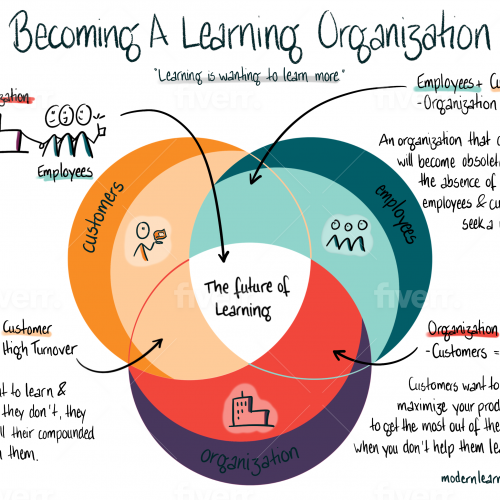
Melissa Emler
Founder and Chief Learning Officer of Modern Learners, LLC., Potosi, Wisconsin
Building Education into your Business through Understanding Learning Styles

The future of work and the labor market is a major topic of conversation. In CFESA’s Educational Series, a conversation on the future of work without a simultaneous conversation on the future of learning misses the mark.
Professional development needs an update. It’s time to level up training and development and put the focus on learning.
What does it mean to be focused on learning?
In working with several organizations, I can tell people are learning when they want to learn more. When they finish training or leave a learning situation, do they have more questions? Did you spark some curiosity that they want to dig into more?
That’s the key. That’s how you’ll know if you have a learning organization. Do people want to learn more?
Learning organizations understand the importance of honoring everyone’s growth in order to build a strong culture of learning inside the organization. Peter Senge defined what a learning organization is in his book, The Fifth Discipline: The Art and Practice of The Learning Organization. He stated, “a learning organization is one where people continually expand their capacity to create the results they truly desire, where new and expansive patterns of thinking are nurtured, where collective aspiration is set free, and where people are continually learning to see the whole together.”
Learning organizations grow and develop their organization by nurturing their people. As a result, they are better positioned to innovate, remain competitive, and have strong relationships among the people in the organization.
The Danger of Not Designing Learning Experiences for Everyone
The best examples of learning will occur when employees, customers, and the organization become interdependent. When that happens learning and growth have no boundaries.
When developing the organization’s learning plan, it is imperative to design opportunities for employees, customers, and the organization to learn. If you leave one of these groups out of the learning design, this is what happens.
The organization + customers – employees = high turnover.
In this labor market, it is really important to take care of the employees. They want to know how they can learn and grow and ultimately advance in their careers. If they do not know the path to advancement, they will likely leave. Learning compounds over time. When someone learns something, they carry it with them to future work and learning, and their knowledge continues to expand. Losing the employee and their compounded knowledge hurts.
The organization + employees – customers = high churn.
Customer and client satisfaction ensures retention of the customer. A key piece of customer satisfaction is helping the customer know how to access the support they need when they need it. This means helping them know when to access the support library of documents and videos and when to reach out to the account manager. Losing a client because they didn’t know where the knowledge base was or who their account manager is hurts.
Employees + customers – the organization = obsolete.
The real danger when the organization as a whole is left out of the equation, both employees and customers end up seeking a new solution. When the organization fails to learn, it faces becoming unnecessary and obsolete.
Is Your Organization Learning?
Figuring out where you are and how far you have to go on the path to becoming a learning organization is simple. Start by asking everyone what they want to learn more about as it relates to your organization. Gather that data, review it, and learn from it.
Once you learn what people want to learn more about, you can begin designing opportunities and experiences to support them in that learning. What happens as a result of all that learning will likely be exponential.

